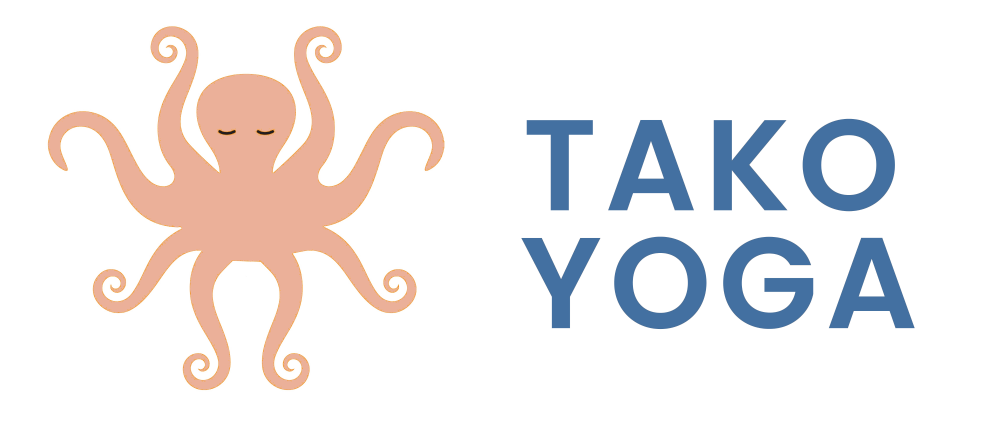
Because of the way images are refracted by lenses in our eyes, the world is literally turned upside down when projected onto the image sensors in the back of eyeballs. Our brains learn early on to understand how to process this upside down projection of the world so we can move about without bumping into things! Oddly, being in an inversion such as headstand reverses this image reversal caused by the lenses, ironically projecting an upright view of our surroundings to our brains the way they actually are! Because we’ve gotten so used to seeing things upside down, however, it takes a little time to get used to seeing them right side up for a change!
Reorienting to a New Perspective
Reorienting ourselves to the physical and visual reversal of up and down can serve as a metaphor for the unsettling changes in perspective that a spiritual practice may bring. Francis of Assisi spelled out some of his counterintuitive insights in his famous prayer: “It is in giving that we receive, it is in pardoning that we are pardoned, it is in dying that we are born…” As we learn more about our true nature, we begin to discover that reality is quite often the polar opposite of what society often programs us to believe. Being upside down can humble our habits of how we see the world.
Inversion can cause fear in us – yes, partly because they feel anatomically unsteady at first, but also because we are not used to seeing things in a particular way – it can be unsettling when we are not used to it. New perspectives can be scary!
Soothing our Nervous Systems
As an amazing stroke of luck – the fear that sometimes comes with being upside down is paired with a unique physiological response called the baroreflex. The baroreflex is a regulatory mechanism that attempts to reduce our blood pressure under times of stress, bringing us into homeostasis. Going upside down is a physiological hack that tricks the body into activating the baroreceptor reflex, thereby chilling out our nervous and hormone systems.
With a gentle inversion such as restorative bridge pose, the baroreflex maximizes the chilling out effect already present in the shape. It is no coincidence that many inverted poses are near precursors to svasana in a yoga class flow.
When the baroreflex is paired with a relatively exhilarating pose such as headstand, we can experience a delicious balance between the sympathetic (fight/flight) and parasympathetic (rest/relax) sides of the nervous system. Educational experts consider this an ideal state for learning, and I would also say this state simply feels really good – In this state I have a joyful, alert, calm mind.
Alignment in Inversion
One challenging aspect of some inversion poses is that they ask the shoulders to play the role of our hips so we may place our body weight into our arms instead of our legs. Because our arms are relatively weak in comparison to our legs, we have to be especially mindful of our body mechanics to make our shapes efficient in supporting our body weight.
Building from the bottom up, the hasta bandha (hand lock) takes on the role of the pada bandha (foot lock) so that our contact points with the Earth become active agents in our weight bearing.
Another concept we must adapt in inversions is the idea of joint stacking. When in mountain pose (tadasana) we are often cued to stack knees over the center of our feet, hips over the knees, shoulders over the hips, so that our bones transmit gravitational forces directly into the ground, and the muscle are relegated simply to make micro adjustments to maintain this optimal skeletal alignment. When in handstand, we must apply this idea but using joints such as the shoulders which are not designed to optimally push our limbs directly overhead — so we have to take a little extra care (not to mention a little extra time strengthening and stretching) to transmit our weight down through the hands instead of the feet.
Fun
When it all boils down to it, I just think being upside down is a blast! Maybe it’s that balanced sympathetic/parasympathetic state speaking in my body that makes it feel fun for me. Or maybe it’s because I associate movements like cartwheels with the freedom and fearlessness of being a kid.
Or maybe it’s the act of defying my fears. Whatever it is that draws some people to horror flicks — maybe it is what makes me want kick my legs up into the air to see what happens?
How does it feel for you to be upside down? Do you feel different after being upside down?
